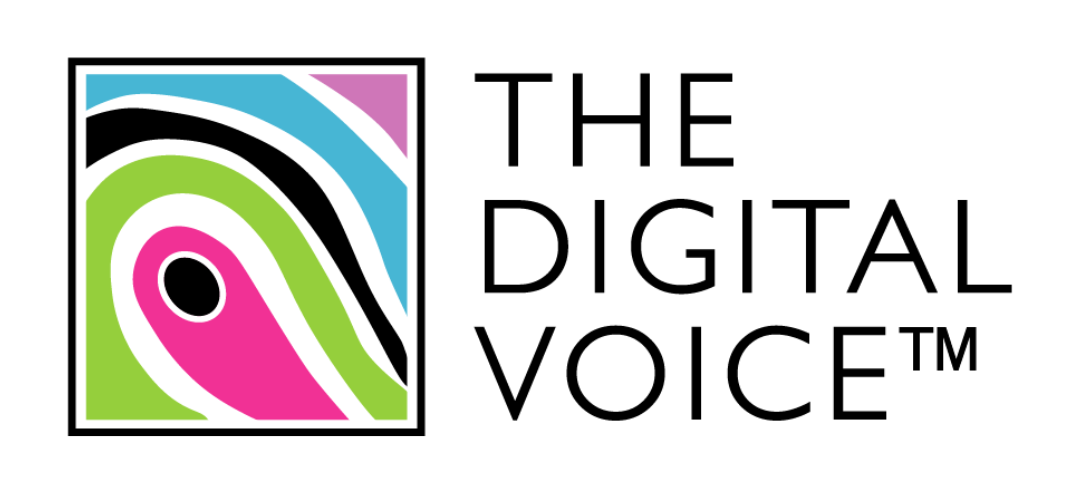Piero Pavone, CEO at Preciso, gives us the lowdown on native advertising

How would you define native advertising?
Native advertising is advertising that is designed to blend in seamlessly with the content around it. A native ad doesn’t really look like an ad, more like the content that surrounds it - the content that the people seeing the ad came to the website or the app to see. As a result, it looks more natural, more contextual, and much less interruptive.
Where do native ads appear?
They appear all over the web and in apps, and can take many forms. They can be found as in-feed ads on social networks; as paid ads in search engine results; as a promoted listing on sites such as Amazon; and as recommendations of content to look at when the user reaches the end of an article.
Native ads are also popular in mobile games. In a racing game, for example, the livery of the cars might carry advertising, just like in real life, while billboards around the edge of a race track or a football pitch in a game can also carry ads relevant to the audience playing the game. Some native ads are so indistinguishable from the editorial content around them that they are labelled as promoted or sponsored content, in the interests of complete transparency.
How do consumers feel about them?
They like them, and it’s no surprise, really, when you consider how many advertising messages we are all exposed to in a typical day. Because of the sheer weight of advertising messages people are exposed to, they have become blind and deaf to them. So while it may sound counterintuitive, native ads resonate with consumers because of the fact that they look less like ads and are not shouting for the consumer’s attention, or trying to divert them from the content they came to see.
And this is not just an anecdotal observation. A study carried out by Sharethrough and IPG Media labs surveyed 4,770 consumers and also used eye-tracking technology to assess the attention of 200 consumers to better understand users’ visual attention and attitudes towards native ads versus standard banner ads.
In the study, native ads clearly outperformed banners, with consumers looking at native ads 53% more frequently than display ads. 25% more consumers were seen looking at in-feed native ad placements (the most common editorial native ad format), compared to display ad units. Native ads registered an 18% higher lift in purchase intent and 9% higher lift for brand affinity responses than banner ads. And 32% of respondents said the native ad “is an ad I would share with a friend or family member”, compared to just 19% for display ads.
How is the native advertising market shaping up?
Extremely well. Last year, eMarketer forecast that US advertisers alone would spend $97.46 billion on native advertising in 2023. And in Hubspot’s State of Marketing Report 2024, 36% of marketers said they planned to increase investment in native advertising this year, with 56% keeping it at the same level as 2023, and only 9% planning to reduce their investment.
What is Preciso’s native offering?
Preciso launched its native advertising solution, Ultima, in April of this year. It uses machine learning technology to create personalised campaign creatives, including text and imagery, and automatically embed them within web pages to combat banner blindness and drive meaningful engagement at scale. It also uses AI-powered bid-smart technology to optimise the bidding and buying process in real time, ensuring only the most relevant ad placements are secured, minimising ad wastage and associated carbon emissions.
Early results are very promising. Performance tests conducted for a fashion client showed an average clickthrough rate of 2.1%, compared to the industry average of 1.84%. Engagement rate was also higher at 65.94% (60.03%), as was the average session duration at 3m 46s (2m 40s), and bounce rate at 32.54% (35.76%). Native ads also performed higher than display across verticals such as Pet/Animal, with a CTR of 1.96% compared to the industry average for that sector of 0.46%.
What’s your advice to anyone who has not yet experimented with native advertising?
Exactly that - start experimenting. Native is not a new format, but if it’s new to you, set aside a small test budget, run native ads in parallel with your standard ad formats and see how the results compare. I think you will like what you see.
Also published in:
Martech Outlook



